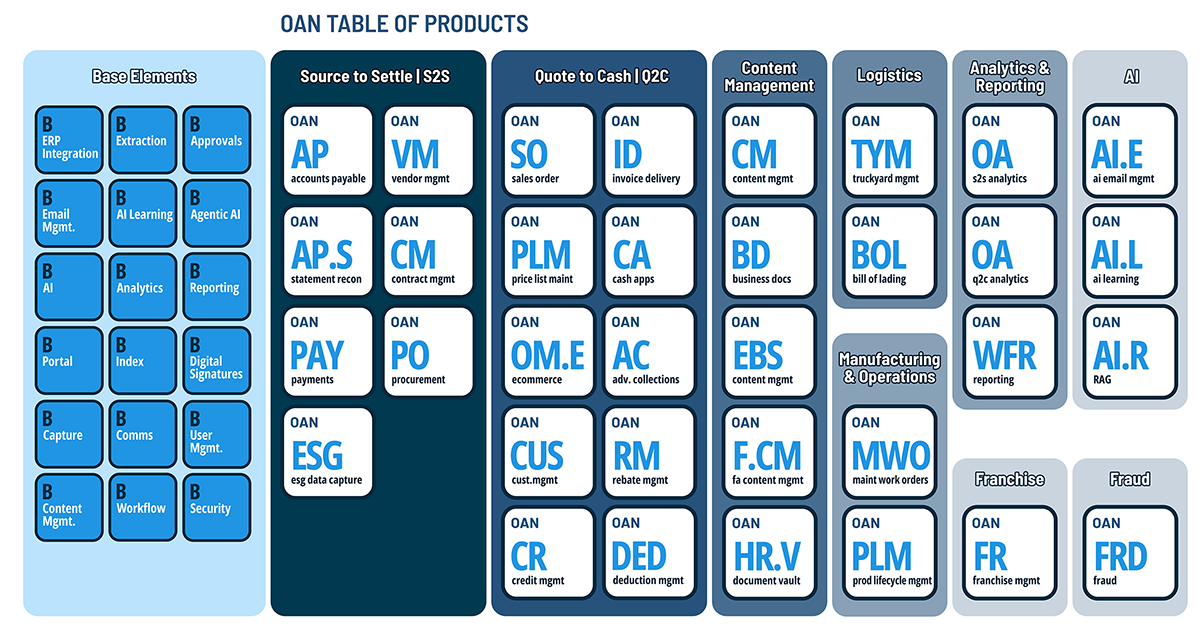In an era defined by volatility, the ability to adapt quickly is no longer a competitive edge—it’s a business imperative. For CFOs, that means evolving beyond static planning models and embracing scenario planning as a core capability. But as macroeconomic swings, geopolitical shocks, and supply chain instability become the new norm, traditional planning tools can’t keep up.
Enter AI-enhanced scenario planning. By augmenting forecasting with machine learning, real-time data integration, and probabilistic modeling, finance leaders can better anticipate what’s next—and act before disruptions erode margins, liquidity, or market share.
Why Traditional Scenario Planning Falls Short
Historically, scenario planning has relied on static models built in spreadsheets. These plans are often limited to best-, base-, and worst-case outlooks that fail to reflect the complexity or speed of modern market shifts. They are time-consuming to build, challenging to maintain, and quickly become outdated.
Limitations include:
- Lagging data inputs that fail to reflect real-time operational or external changes.
- Manual modeling makes it difficult to test multiple variables or contingencies simultaneously.
- Siloed ownership within finance, limiting cross-functional insight and agility.
- Low confidence levels from stakeholders due to a lack of transparency or scenario robustness.
As a result, many organizations fall into reactive mode—adjusting strategy only after risk materializes, rather than proactively mitigating it.
The Role of AI in Modern Scenario Planning
Artificial intelligence transforms the scenario planning process from a static exercise into a dynamic, continuous capability. Here’s how:
1. Real-Time Data Ingestion
AI systems can pull live data from across the enterprise—ERP systems, sales pipelines, supply chain dashboards, customer behavior metrics, macroeconomic feeds—and integrate them into planning models. This ensures that scenarios are based on up-to-date inputs rather than lagging historical assumptions.
2. Multi-Variable Forecasting
Unlike traditional models that test a few isolated variables, AI can simulate the interplay between dozens of internal and external drivers at once. For example:
- What happens if raw material costs rise 15% while demand simultaneously softens?
- How would different inflation rates or currency fluctuations affect working capital?
AI-driven scenario engines can model cascading effects with far greater precision, helping CFOs explore a wide range of “what ifs.”
3. Continuous Recalibration
Machine learning algorithms improve over time by ingesting new data and outcomes. This creates a living model that evolves as market conditions change, rather than requiring manual rebuilding each quarter.
4. Prescriptive Insights
AI doesn’t just show you what might happen—it can recommend what to do. By analyzing historical outcomes and decision impacts, AI tools can suggest optimal responses to different scenarios, from adjusting pricing strategies to reallocating capital or shifting supplier portfolios.
Benefits for CFOs and Finance Leaders
AI-enhanced scenario planning delivers more than risk mitigation. It enables the finance function to play a strategic leadership role across the enterprise.
Greater Agility
With AI-driven tools, finance can generate and test new scenarios in hours—not weeks. This responsiveness allows organizations to pivot faster when disruptions arise.
Stronger Alignment
Scenario outputs can be shared with operations, supply chain, and commercial teams in real time, creating a unified playbook for navigating uncertainty.
Improved Capital Allocation
By quantifying risk exposure and opportunity under different scenarios, finance leaders can guide smarter decisions on investment, hiring, inventory, and liquidity buffers.
Increased Confidence
With transparent assumptions and real-time updates, board members and stakeholders gain greater trust in the planning process—critical for managing investor expectations and regulatory scrutiny.
Building the Right Infrastructure for Scenario Planning 2.0
To realize the full potential of AI in scenario planning, organizations need a robust digital foundation. Key enablers include:
- Cloud-Based Finance Systems: Ensure data accessibility, integration, and scalability across functions.
- Data Governance Frameworks: Maintain clean, consistent, and trusted inputs across all planning dimensions.
- Cross-Functional Collaboration: Finance, IT, operations, and business units must align on data definitions, planning assumptions, and decision frameworks.
- User-Friendly Interfaces: Scenario tools should empower analysts and business leaders—not just data scientists—to model scenarios and extract insights.
How oAppsNET Aligns with the Vision
At oAppsNET, we understand that resilient finance transformation hinges on more innovative planning—not just faster processing. While we don’t claim to offer a “magic button” for disruption-proof forecasting, we do believe that AI-enabled finance solutions and intelligent integrations lay the groundwork for more adaptive scenario modeling. Our mission is to help finance leaders transition from reactive problem-solvers to proactive strategists equipped for whatever comes next.
Looking Ahead: From Planning to Preparedness
Disruption is not a question of “if,” but “when.” The organizations that emerge stronger from future shocks won’t be the ones who forecast correctly—they’ll be the ones who modeled multiple futures, prepared targeted responses, and moved quickly.
With AI-enhanced scenario planning, CFOs gain more than foresight. They gain the confidence to act with clarity, even when the path ahead is uncertain.
Ready to evolve your scenario planning strategy? Contact oAppsNET to explore how intelligent finance automation and AI-driven capabilities can help your organization plan smarter—and navigate volatility with precision.

